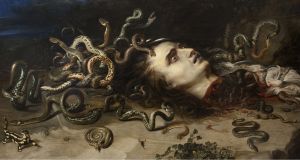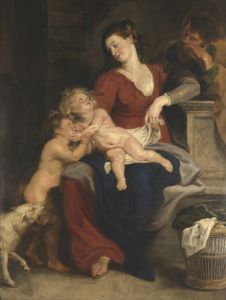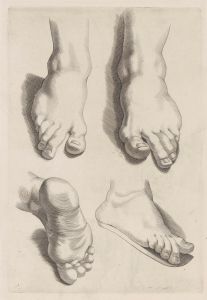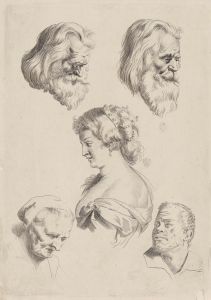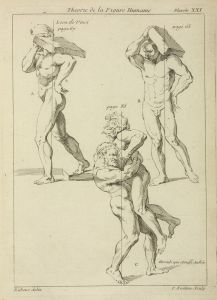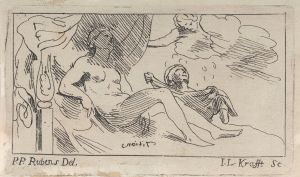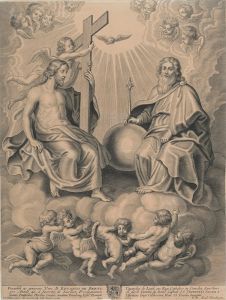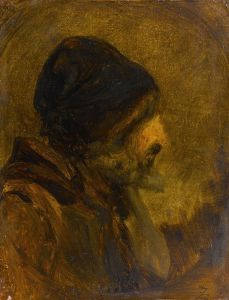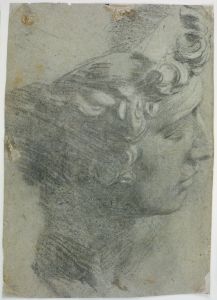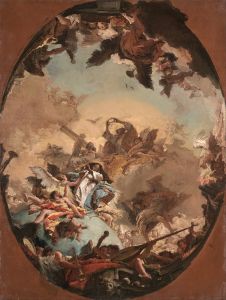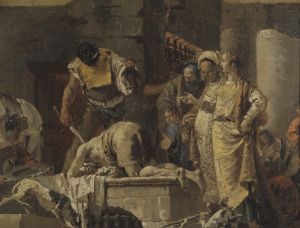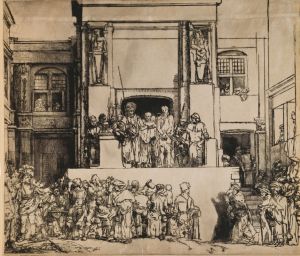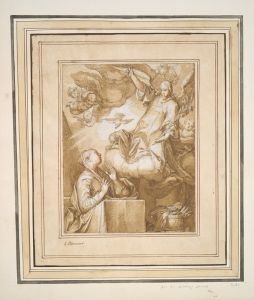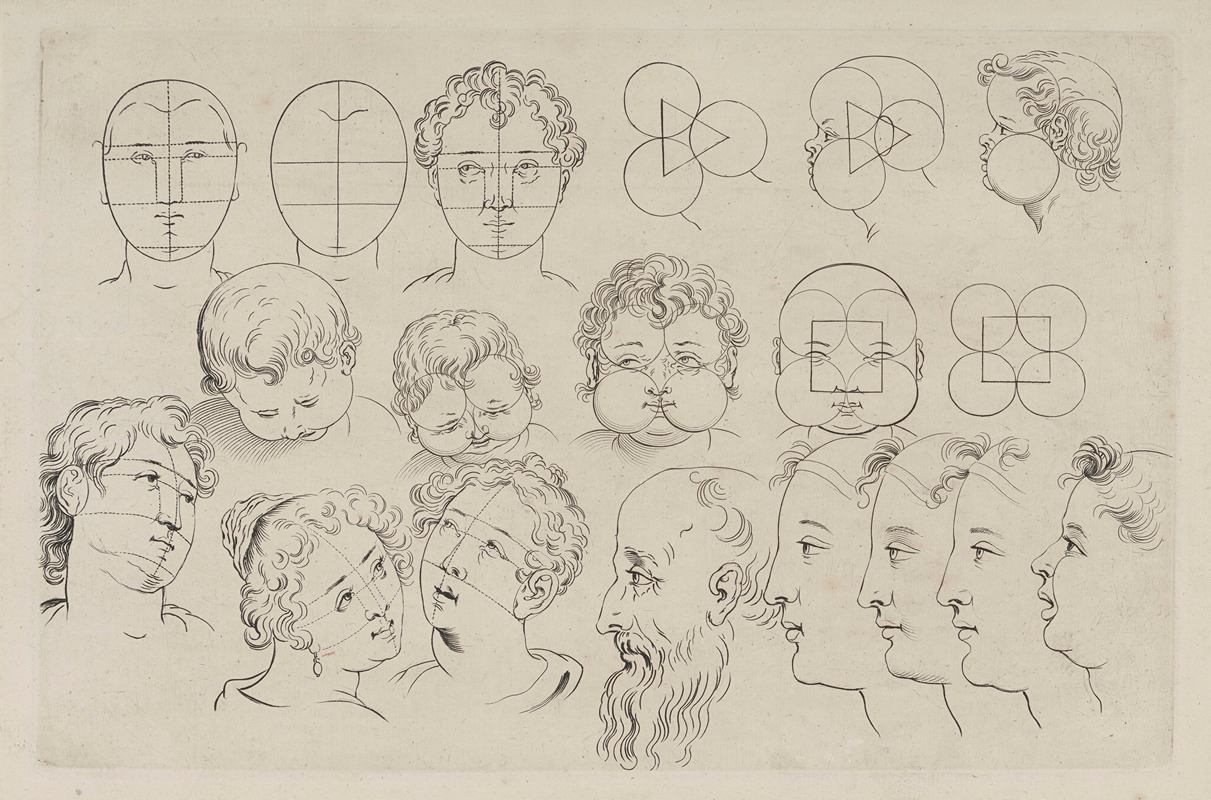
Study of Heads
A hand-painted replica of Peter Paul Rubens’s masterpiece Study of Heads, meticulously crafted by professional artists to capture the true essence of the original. Each piece is created with museum-quality canvas and rare mineral pigments, carefully painted by experienced artists with delicate brushstrokes and rich, layered colors to perfectly recreate the texture of the original artwork. Unlike machine-printed reproductions, this hand-painted version brings the painting to life, infused with the artist’s emotions and skill in every stroke. Whether for personal collection or home decoration, it instantly elevates the artistic atmosphere of any space.
Peter Paul Rubens, a prominent Flemish Baroque painter, is widely celebrated for his dynamic compositions, vibrant use of color, and masterful depiction of the human form. Among his extensive body of work, Study of Heads is a notable example of his preparatory studies, showcasing his skill in capturing human expressions and anatomy. This work, like many of Rubens' studies, was likely created as part of his process for larger, more complex compositions.
Study of Heads is a study drawing or painting that focuses on the detailed rendering of human heads, often exploring different expressions, angles, or lighting. Such studies were a common practice for Rubens, who used them to refine his understanding of human physiognomy and to prepare for his larger narrative or religious works. These studies allowed him to experiment with the subtleties of emotion and movement, which were central to the Baroque style's emphasis on drama and realism.
The exact date of creation for Study of Heads is not definitively known, as Rubens produced numerous studies throughout his career. However, it is consistent with his broader artistic practice during the early 17th century. Rubens often worked with live models, and his studies frequently included members of his workshop or individuals from his social circle. The meticulous attention to detail in Study of Heads reflects Rubens' deep understanding of anatomy, which he likely developed through his studies of classical sculpture and dissections.
The medium of Study of Heads varies depending on the specific work referred to, as Rubens created such studies in both oil and chalk. Oil studies, in particular, were a hallmark of his preparatory process, allowing him to experiment with color and texture. These studies were not always intended for public display but were instead tools for the artist's creative process.
Rubens' Study of Heads exemplifies his ability to convey a range of human emotions and his dedication to the study of the human form. While these works are often overshadowed by his grand altarpieces and mythological scenes, they provide valuable insight into his artistic process and his commitment to mastering his craft. Today, such studies are highly regarded for their technical brilliance and their role in the development of Rubens' larger compositions.
No additional information about a specific Study of Heads by Rubens is available, as the title may refer to a general category of his studies rather than a singular, distinct work.





